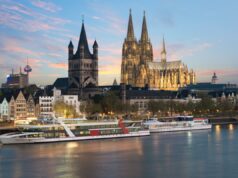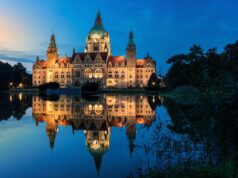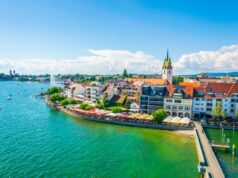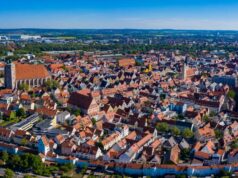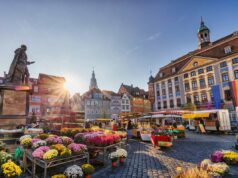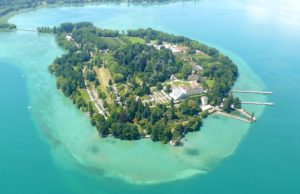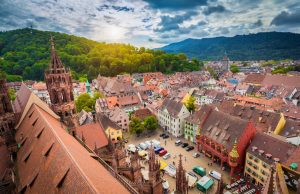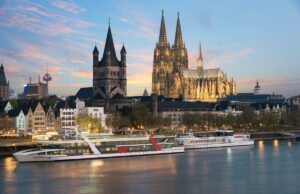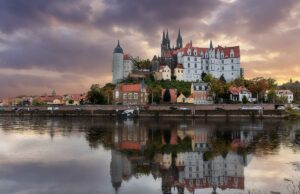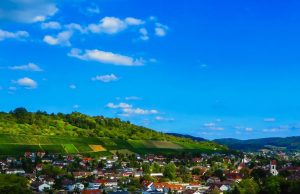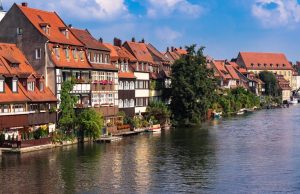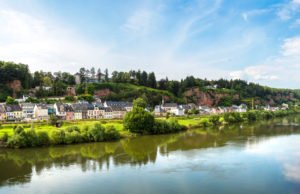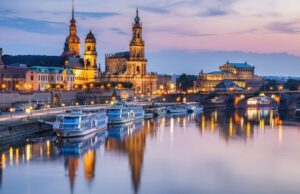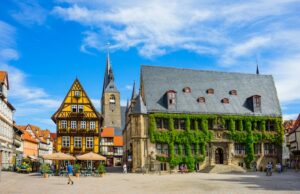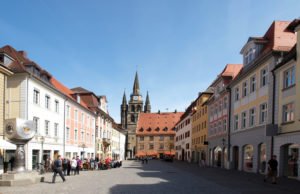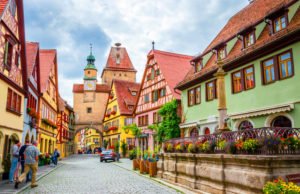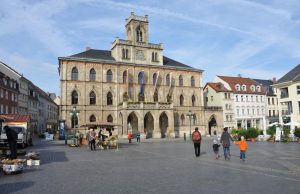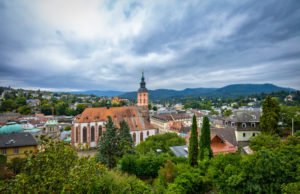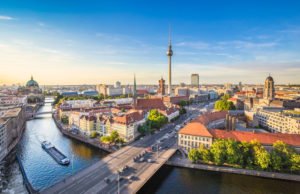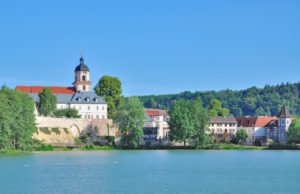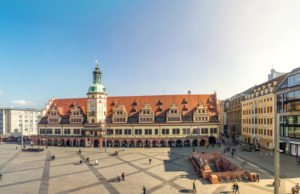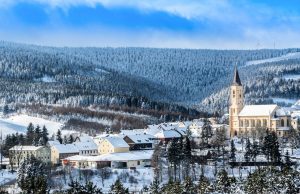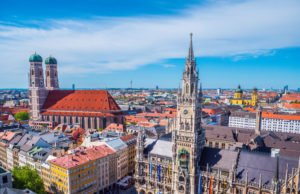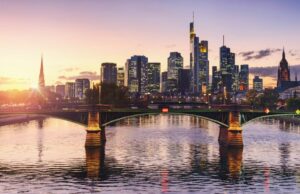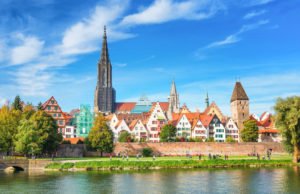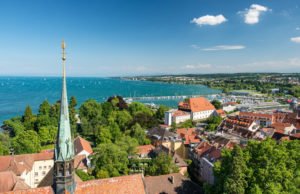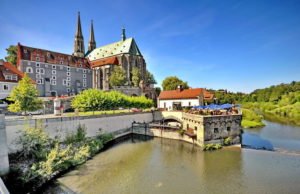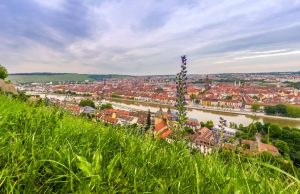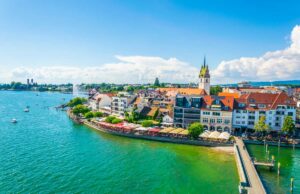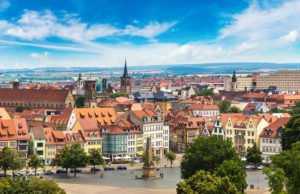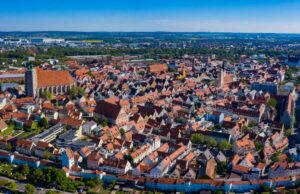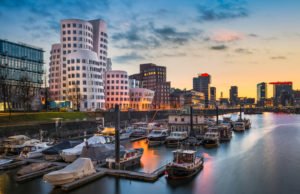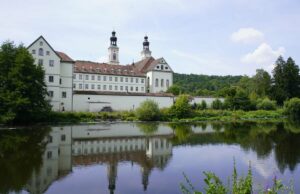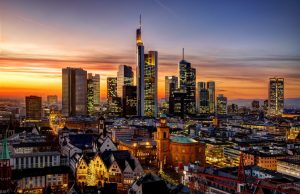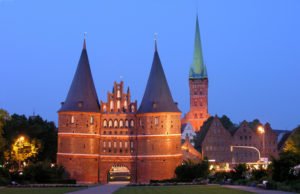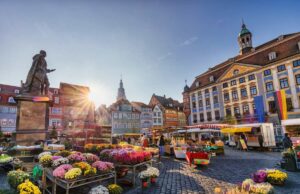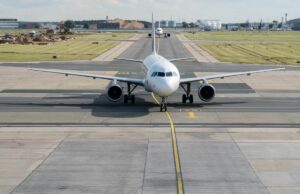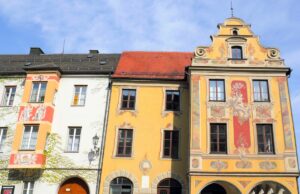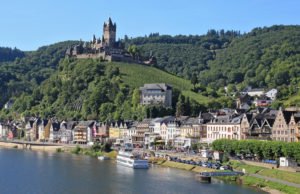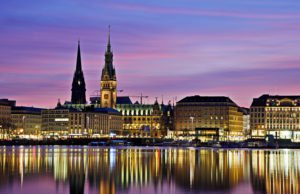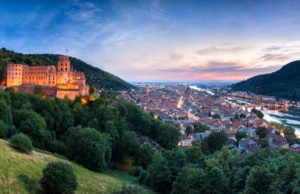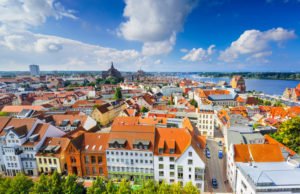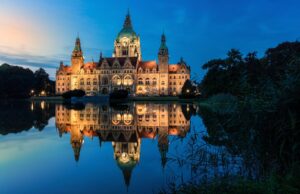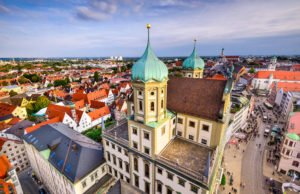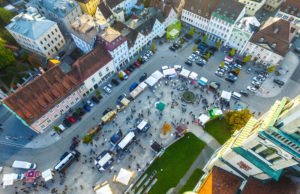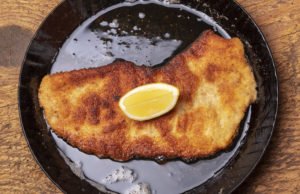Location
Laidback and cosmopolitan, Münster is a city rich in history in western Germany. Situated in the state of North Rhine-Westphalia, the historic city is the cultural hub of Westphalia and the bicycle capital of Germany. The university town is also known for its youthful spirit and population thanks to the influence of Westfälische Wilhelms Universität Münster.
Münster is easily accessible by road, rail and air. If travelling from the north or south of Germany, the city can be reached by Autobahn 1. Autobahn 43 also serves the city. Trains from Münster Hauptbahnof link the city with the rest of Germany, including Berlin, Hamburg and Munich. If travelling by air, Düsseldorf Airport is about an hour and 20 minutes from Münster. Closer to the city is Münster-Osnabrück Airport, offering flights to major European destinations only 30 minutes from the city centre.

What to see
For more than 1,200 years, Münster has played an important role in the history of Germany and Europe as a bishop’s seat, a member of the Hanseatic League and the birthplace of Westphalian diplomacy. The Münster Rebellion by Anabaptists during the Protestant Reformation and the signing of the Treaty of Westphalia that ended the thirty year war in 1648 both happened in the city.
The city’s magnificent architecture makes it one of the country’s most beautiful cities. Münster’s cityscape is dominated by churches, including St.-Paulus-Dom (St. Paul’s Cathedral) at the Domplatz. Built during the thirteenth century, the late Romanesque and early Gothic cathedral has a spectacular treasury and houses the Westphalian State Museum of Art and Art History. Its sixteenth century astronomical clock has hand-painted zodiac symbols and plays a Glockenspiel at noon.
There are many picturesque squares and streets in Münster. Prinzipalmarkt is the historic marketplace and main square with old merchant houses and historic buildings, including Lambertikirche (St. Lambert’s Church) and Stadthausturm (Townhouse Tower). Built in the fourteenth century, Lambertikirche still has the three cages that were used to display the bodies of the leaders of the Münster Rebellion in 1535. Roggenmarkt is just north of the main square and is next to Alter Fischmarkt, one of the city’s oldest markets.

One of the city’s main attractions is the Peace Hall at the historic town hall at Prinzipalmarkt where the Treaty of Münster was signed to end the thirty year war and establish the Peace of Westphalia. History buffs will also enjoy the City Museum on Salzstrasse, a free museum that tells the story of the city. Salzstrasse is the Münster’s oldest mercantile street and home to some of the city’s most beautiful buildings, including baroque masterpieces like the eighteenth century Erbdrostenhof Palace and the Clemenskirche (Church of St. Clement’s).
For art lovers, the Pablo Picasso Museum of Graphic Art is the only museum dedicated to the world-famous artists’ graphic works. The AZKM is the city’s contemporary at exhibition hall and hosts exhibitions by national and international artists throughout the year. If you are travelling with kids, visit the Allwetter Zoo and the Museum für Naturkunde, a fun science centre and planetarium. Behind the Prince Bishop’s Castle is the Münster Botanical Garden, an idyllic spot for a day out. These magnificent castle grounds and their 8,000 plant species are free to visit.

Best time to visit
Münster is a year-round destination with vibrant events filling the calendar. In May, the Harbour Festival combines music and sport to celebrate the city’s riverside heritage. Every evening, there are colourful light shows and installations that help bring the harbour alive. In December, about 300 stalls bring the smells of mulled wine, bratwurst and cinnamon to five enchanting Christmas markets in the city.
During the summer, Skulptur Projekte 2017 will bring distinct art to the city from June to October. Exhibitions of every art form will be represented, from classic and modern sculpture to performance art. One of Germany’s oldest equestrian tournaments takes place in August. The Turnier der Sieger features dressage and show-jumping competitions with world and Olympic champions. To end the summer, Schauraum offers a mixture of art and culture with live music and delicious food over three days. Illuminations decorate historic buildings and museums open each night for free.
Typical regional dishes
One of North Rhine Westphalia’s specialties is Halve Hahn or Halber Hahn, a buttered rye roll that is halved and topped with Gouda cheese and mustard. The dish is served with pickles and onions. Another regional dish is Himmel und Erde, a potato dish with apples, onion and bacon that is often served with meat. Another favourite is Rheinischer Döppekooche, a potato cake with minced onions, eggs and spaces covered with sausage pieces or bacon strips.

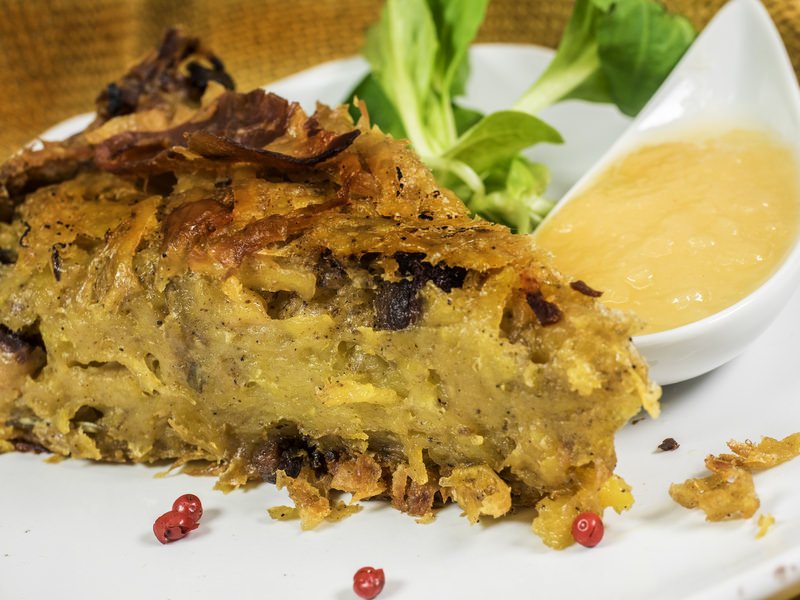
If you want to sample some local produce and delicacies, visit the farmer’s market at Domplatz. Held every Wednesday and Thursday, you can buy fresh bread, cheese, sweets and much more. There are also street vendors serving popular local dishes, including fried potato pancakes with apple sauce (Reibekuchen) and fried or pickled fish.
Where to stay
The Mauritzhof Hotel Münster offers stylish accommodation close to the city centre and within walking distance of the rail station and cathedral. Another central option is the Hotel Busche, a fabulous property only three minutes from Prinzipalmarkt and the cathedral. The elegant Hotel Windthorst is also in the heart of the old town, while the M4 Hotel Münster City Centre offers modern rooms and style steps from Domplatz.
There are several hotels outside the Hauptbahnhof, including the Conti Hotel. The four-star hotel has a 24-hour bistro and room services, plus soundproof rooms for a great night’s sleep. Hotel Kaiserhof is another four-star hotel across from the station. Although it looks like a modern office building from the outside, the hotel’s interior has traditional décor and a free sauna for a classic experience from a bygone era.
Outside of the city centre, the Mövenpick Hotel Münster delivers a remarkable four-star experience next to Aasee Lake. It has two restaurants and a roof-top sauna with panoramic views of the old town. Also close to the city centre is the Tryp Münster Kongresshotel, a comfortable hotel next to the city’s congress centre. With three restaurants and spacious rooms, the Factory Hotel is a historic property within a five-minute walk of the trendy Kreuzviertel district.
Public transport
Stadtwerke Münster operates an efficient bus network, with many routes starting from the city’s central rail station. You can buy tickets directly from the driver or at machines at major bus stops, including outside the Hauptbahnhof and at Aegidiimarkt. There is also a hop-on, hop-off sightseeing bus tour operated by Münster Bus.
Münster has an extensive network of bicycle routes and many locals opt for bike travel in the city. With an estimated half a million bikes on its streets, exploring the city on two wheels is a great way to experience this beautiful destination. There are about 3,500 bicycle parking spots outside the train station, making it one of Germany’s largest bike parking facilities.
Shopping areas
Prinzipalmarkt is Münster’s main shopping district. The historic square is surrounded by 48 gabled buildings, including the striking Gothic town hall. The pretty square was largely destroyed during the Second World War and was rebuilt, with most buildings remaining true to their thirteenth century originals. Today, it has several luxury shops and cafes set in beautiful arcades.
From jewellery to home décor, Salzstrasse is another top shopping destination. The shops that line the street and adjoining alleys also sell the latest fashions. Ludgeristrasse is one of Germany’s best shopping experiences. The street has a mix of fashion boutiques and department stores, offering virtually everything you might want to buy for any budget.
Nightlife
Whether you are in a bar in a narrow alley in the old town or a modern café near the habour, Münster has a lively and diverse nightlife. Domplatz and Jüdefelder Strasse in the north-west of the city centre have several popular bars and pubs. With its large student population, the city’s bars are particularly busy during term periods. Davidswache, Destille, Die Rote Liebe and Gorilla are some of the most popular venues along Jüdefelder Strasse, while Café Extrablatt and Market Café are found at Domplatz.
The Ludgeri quarter close to Salzstrasse is home to fantastic restaurants, cafes and bars. For a taste of local beer, visit Pinkus Müller on Buddenstrasse. The restaurant and bar has its own brewery and has produced local favourites since 1816 and is the last of the city’s more than 150 original breweries. It is also across the street from the traditional Drübbelken pub. There is also a fine collection of bars and restaurants along the Hansaring close to the harbour, just 15 minutes from the city centre. Close to the docks, the Kreativkai waterfront is the city’s top nightspot. Trendy clubs and eateries are based at converted warehouse buildings along the river.
Days Out
Lake Aasee is just outside the city centre. The gorgeous recreational area is a popular destination for a day out thanks to fantastic leisure opportunities, whether it is walking along the lake or sailing from the city centre. Aasee also hosts AaSeerenaden, a free open-air festival in July with classical concerts.

North-west of the city is Am Bagno-Buchenberg close to Steinfurt. This is a wonderful place to go for a hike in scenic woodland between the villages of Burgsteinfurt and Borghorst. This unspoilt natural wonderland has hiking trails and is inhabited by deer, foxes, rabbits and other animals. The lovely town of Steinfurt and its many historic buildings are also worth a visit.


